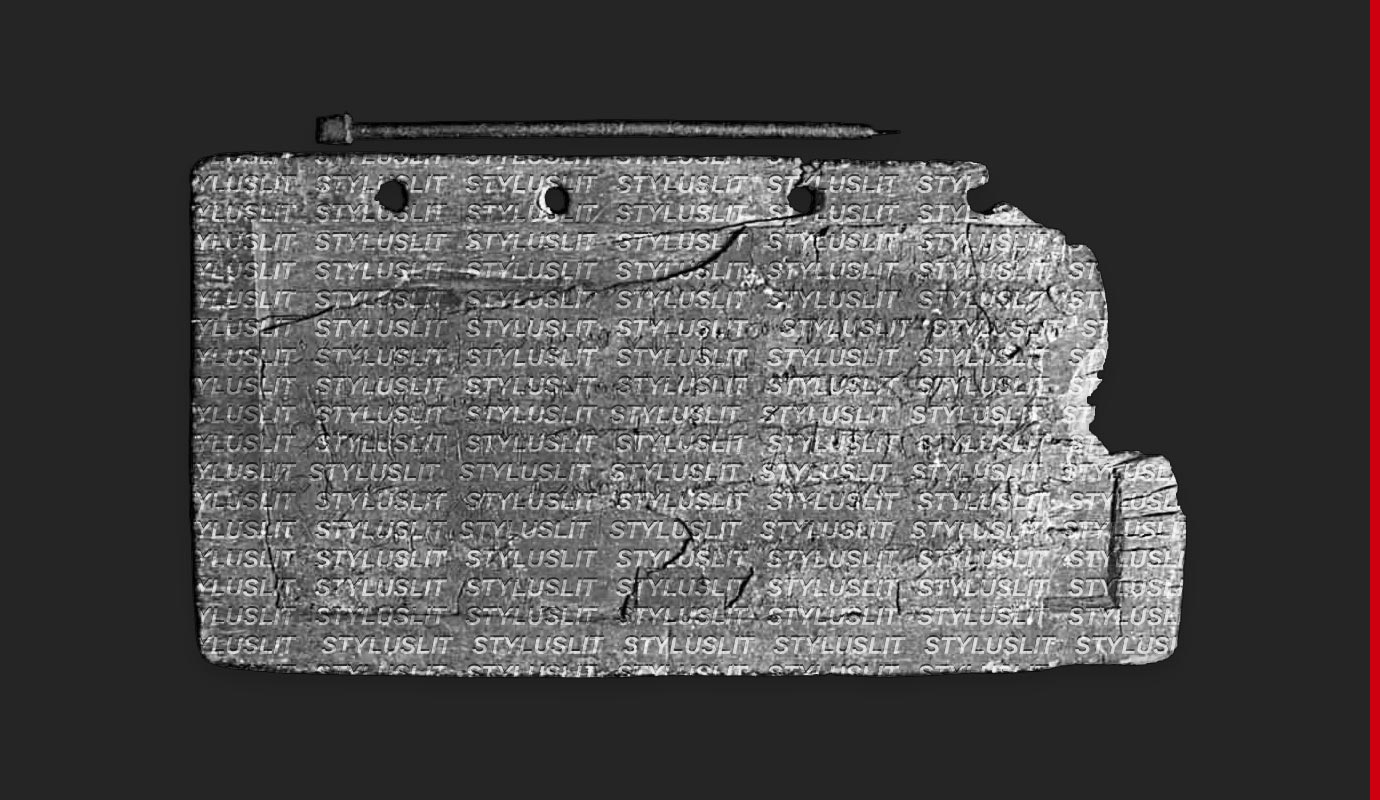Cordite, 2017.
Reviewed by Alison Clifton, StylusLit.
______________________________________________________________________
In his debut poetry collection, Flat Exit, Broede Carmody writes with surety and a richness of feeling. His purpose is to establish “a way of seeing” — he quotes his favourite poet, Gwen Harwood, in his Preface — and he stakes his claim with the words: “Mine, as it’s been so far” (xi). “So far” is a lifetime measured out in words. Short words for a young life: Carmody is in his mid-twenties. It seems that Carmody’s youth gives him a fresher voice, an edgier perspective, than other more established poets while his wide-reading in literature is evident in the polyphony of influences audible behind his warmly-inflected poetic voice.
It is a joy to read this poetic sequence of what Carmody calls “greetings and departures, learning to let go and circle back to pick up what remains” (xi). Stretching from the sprawling fields of regional Victoria to the grey knot of arterial roads and roofs and residential zones that is Melbourne, these poems pore over the map of mundane experience to pinpoint the moments of intersection. When does soul meet soul in a meaningful exchange? Here. When does homesickness become so overwhelmingly, painfully entangled with the drive to reach other destinations? Here and here. When does death take life in that sleight-of-hand so swift as to be measurable only by what might have been? The reader may find Carmody’s poetry of grieving so evocative as to be almost tangible. This sequence is adroitly realised.
A sometimes-awkward approach to Melbourne after a sojourn at home in regional Victoria is described in “After a Three-hour Drive, Two Boys Fall into Each Other” (5). As the poet’s aunt drives him to a student share house, the mood is foreboding, with Melbourne becoming the “Unreal city” of T.S. Eliot’s Wasteland: “skyscrapers folding into view, propped / against the edge of sea quizzing a sky / pregnant with forecast” (5). A lacuna in the conversation between aunt and poet, “the boyfriend” is described in third person throughout the poem as if to belie any claim of intimacy.
However, the next poems in the sequence examine the intimacy of “we” and “you” in forensic detail, as hinted at by the concluding image of the poem: “I am a mortician and there are pieces / of his body I’ve researched / he will never know” (5). Indeed, in “Exhale / Repeat,” the poet observes in a moment of epigrammatic lucidity that “We never love someone / completely — just bits of them” (35). Repeatedly in this sequence, the lover is described through brief sketches of body parts or sudden glimpses of scents: musk, jasmine, cardamom, hip, shoulder blades, collarbones, eyes, fingertips, knee. These vignettes offer lovely images such as this: “That night I traced the knot / of your shoulder, limbs pretzel-bent, remembering / silence except for lungs bellowing chat” (“Interval” 39).
Melbourne promises a rich, wet fecundity that the poet’s childhood never revealed with its “summers spent / too long budgeting for rain” (“Waiting for Rain” 7). In these poems, the “juice” of “lychees” seeps into the “tang of lemonade” and creeps under the lover’s tongue to become “saliva thick in your mouth,” before bursting forth as “Melbourne’s sky / opens its drink” (7). It all seems too lavish and generous, a life too abundant and joyful.
Indeed, the next few images of water are violent: “In afternoons I rescue insects / from watery deaths, bees / that won’t live / to pollinate” (“Lucid Dreaming” 8); the poet dreams of “lungs full of river water” (8); “Ocean spray explodes” (“Littoral” 9); the lovers “pry molluscs from shallow rock pools” and tear them from their shells with “the prick of your knife” (“Hunter-gatherers” 10). A lover intrudes on the poet’s words as it rains, rains, rains: “You march into my larynx / wearing the scent / of downpour” (“Mango Season” 11).
In “Petrichor,” the sequence culminates in a ravaging storm:
My hands quake when lightning hooks.
I put your coffin into that car
and it began to bucket.
Water always knows when it is needed,
when it’s not. (42)
Water is not baptismal renewal nor a drenching blessing from heaven. Occasionally, it is relief from drought: “The living complain about weather, / but, like mint, you knew how to wait for rain” (“Gardening” 43). In these poems, the rain cloud is a self-conscious minor character who struts onto the stage of the sky and howls and rages in order to attract the attention of any casting agents who might be watching, eager as it is for its big break.
The real stars of this sequence are the lovers whose limbs play the bit parts, whose scents hijack the narrative flow of the poetry, and whose life-forces seem — at least, for brief, illusory moments — to be unstoppable. How can such vitality, such youth, such vigour be extinguished? All too easily. But there is some solace to be found when “The word love / rivets my mouth” (“Re-emergence” 46) and we “learn to inhale” (“Metamorphosis” 47).
Carmody’s poetry is never quite comforting and somehow discordant: it is urgent and unreal, like the cry of roots wrenched from soil or the screaming of parched plants for rain. Powerfully visceral, this poetry is corporeal and fleshly, never hinting at the spiritual or esoteric. Carmody seems to demand: Why should there be anything more than this? The here and now is painful, plentiful, and plaintive enough. There is no need for what is not visible, sensible, or sensitive. There is no beyond. What is here suffices. Flat Exit is a remarkable debut: a paean to love, life, and the urgency of the here and now.
